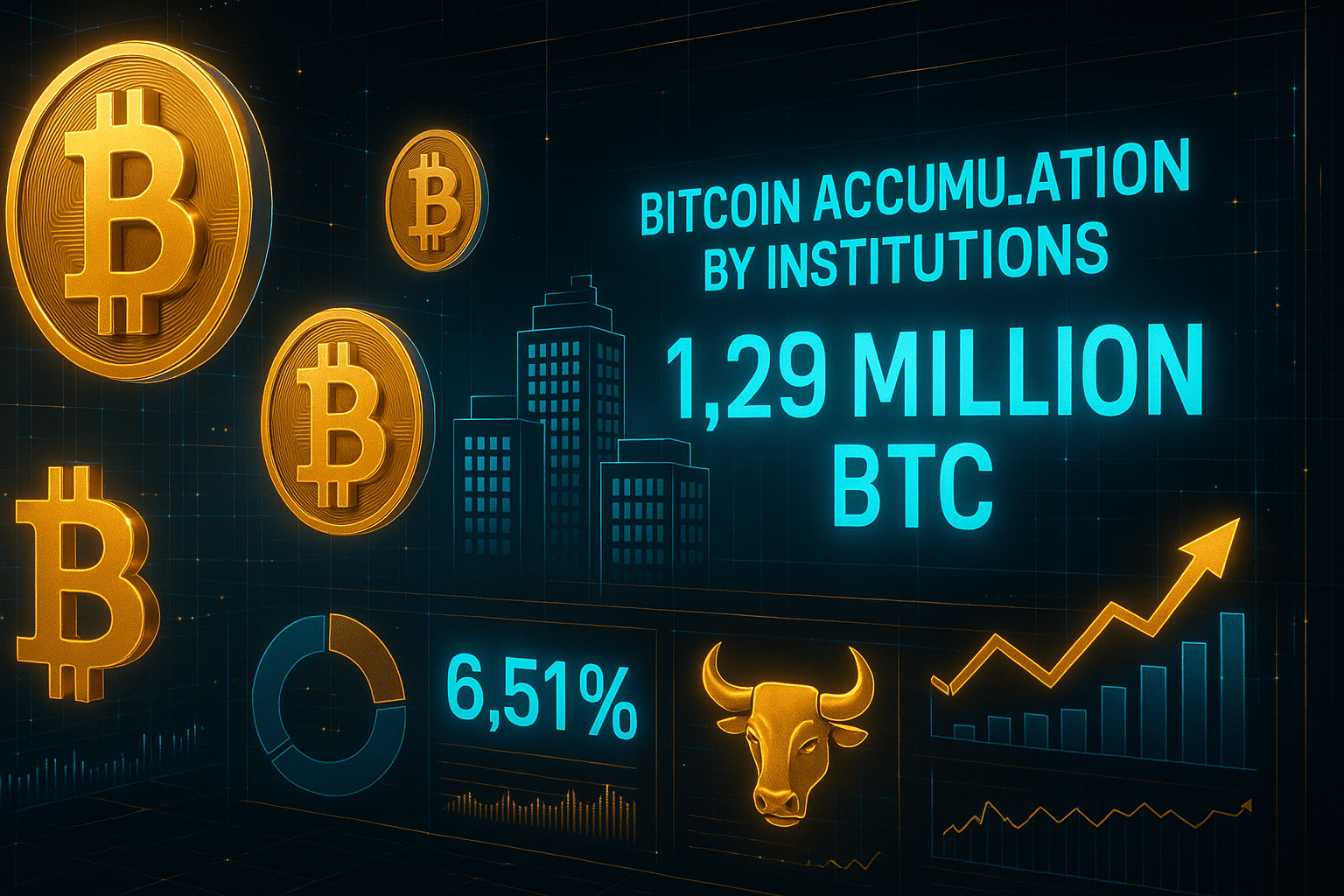
When I saw the latest data from Dune Analytics showing that the holdings of the US spot Bitcoin ETF have surpassed 1.29 million BTC, my first reaction was that this number represents not just a market value of $153.3 billion, but a fundamental shift in the traditional financial world's understanding of Bitcoin. This is equivalent to nearly 7 years of Bitcoin mining output being purchased in one go by institutions, occupying 6.51% of the current circulating supply.
Since the ETF approval in January this year, the growth from zero to $153.3 billion in such a short time has even surpassed the early performance of any financial product in history. Giants like BlackRock and Fidelity on Wall Street are not just playing around; they are genuinely allocating Bitcoin as a long-term reserve asset with real capital. This influx of institutional funds is completely different from the short-term speculation of retail investors. Pension funds and insurance companies look at long-term horizons of ten to twenty years; they will not panic sell just because of a 10% price fluctuation.
The most interesting aspect is the change in supply and demand dynamics. The total supply of Bitcoin is only 21 million, with about 19.9 million currently in circulation. What does it mean that the ETF has locked in 1.29 million? It means that the number of Bitcoins available for trading in the market is decreasing. It's like gradually moving gold from the market into a vault; as supply decreases and demand continues to rise, the price direction is obvious.
Currently, global inflation pressures continue, and the Federal Reserve's monetary policy is wavering. The yields on traditional safe-haven assets are pitiably low, and Bitcoin's attributes as digital gold are increasingly being recognized. The logic for institutions is simple: rather than placing money in negative-yield government bonds, it is better to allocate some to Bitcoin, a scarce asset. This 'diamond hands' effect is forming a strong price floor support, as institutions do not chase prices like retail investors; once they buy in, they hold for the long term.
However, risks must also be acknowledged. As institutions become the dominant force in the market, their collective actions may amplify market volatility. If significant macro events or regulatory changes occur, the synchronized flow of institutional funds could trigger severe fluctuations. But in the long run, this trend of institutionalization is irreversible; Bitcoin ETFs in Europe and Asia are also on the way, and the wave of global institutional capital entering the market is just beginning.




